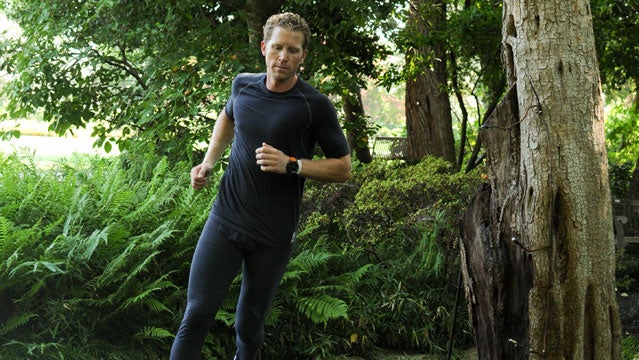What should the ideal base layer do? In our opinion, it must keep you warm, funk-free, and comfortable across a range of temperatures. And the best material for the job is a combination of merino wool and bamboo fibers, as found in TASC Performance’s long-sleeve base layer.
The company’s products are quickly becoming our new favorites. During a four-day-long river rafting trip, we found the material in TASC’s long-sleeve base layer kept us warm and cool when we needed it, and knocked out powerful odors such as river water, tropical funk, and the PVC aroma that comes from prolonged contact with a rubber raft.
New Zealand’s merino wool is already a proven quantity. The material insulates in cold weather, and cools you down in the heat. Merino sheep have evolved a fiber to vaporizes sweat droplets next to their skin in summer. Thanks to nature, a thin wool material can be the coolest thing around on a 90-degree day, as several apparel makers have admirably demonstrated.
But merino and bamboo in combination is our favorite option. We give the advantage to the 30 percent merino 60 percent bamboo viscose blend in . The bamboo fibers gave the shirt a softer, more comfortable feel, and resisted odors as well as merino.
To test it out, we wore the TASC shirt during a late May whitewater trip in Costa Rica’s . This time of year, with the region entering the rainy season, the river is at a challenging height. The shirt served us while paddling hard and never got too hot.
It dried quickly, whether from sweat or spray, and the long-sleeve design provided a UPF 50 barrier from the equatorial sun. To test its insulating value, we slept in the TASK on a hammock for two nights in the forest while the temps dipped down in the 50s and remained comfortable. At the end of the trip, all our clothes eventually stank—except for the shirt.
The bamboo fibers certainly add a lot. Back home, in researching the TASC, we were curious about the bamboo viscose method, a in which bamboo tree fibers are broken down with harsh solvents. If done poorly, the solvents can be released into the environment or inadvertently inhaled by workers.
New Orleans-based TASC processes its bamboo cloth in India at a factory certified by the non-profit industry auditor . According to TASC, its factory uses a closed-loop process in line with the industry’s best practices, by recapturing the vast majority of solvents for reuse. And unlike polyester performance shirts, bamboo and merino materials are made without using petroleum.
We liked the design of the TASC, and it drew complements from our Gear Girl, but it’s meant to be worn as a base layer. It’s close-fitting and makes a statement if worn all by itself in a restaurant (you suddenly become the “performance apparel guy”). Functionally, it also needs a shell when worn in the rain. A long run on a rainy, 60-degree day left us shivering.
Overall, the TASC Level B is a versatile base layer for days when you’ll meet unexpected conditions, whether that’s multi-day adventure races or over air-conditioned airports.
$90


